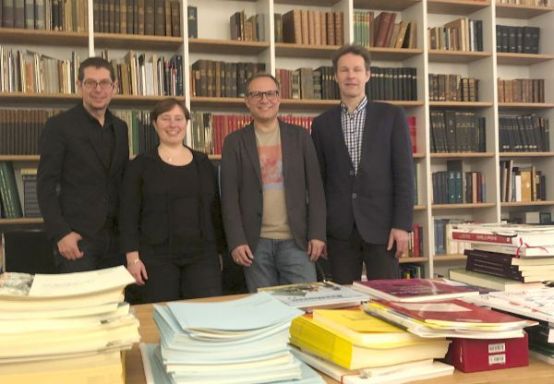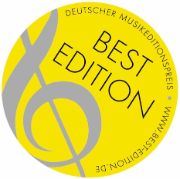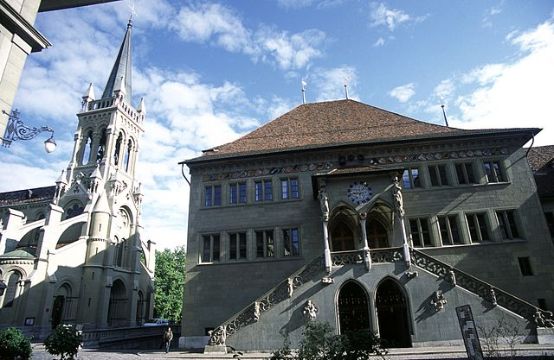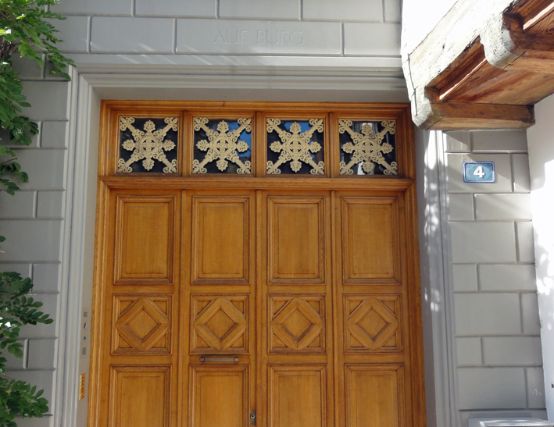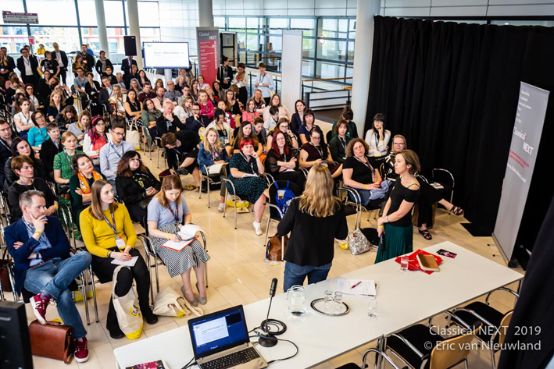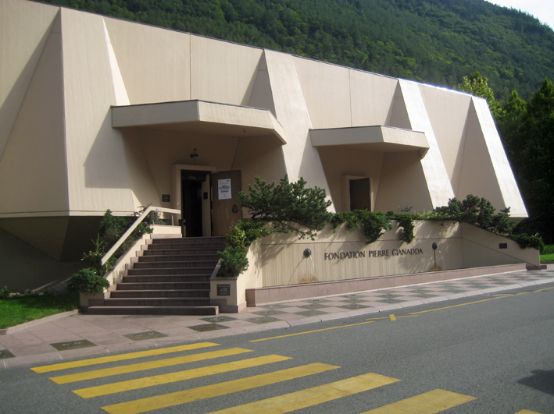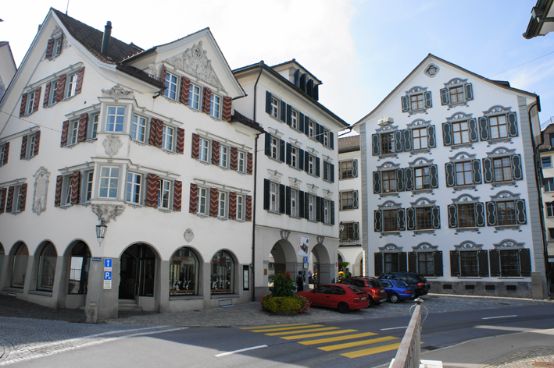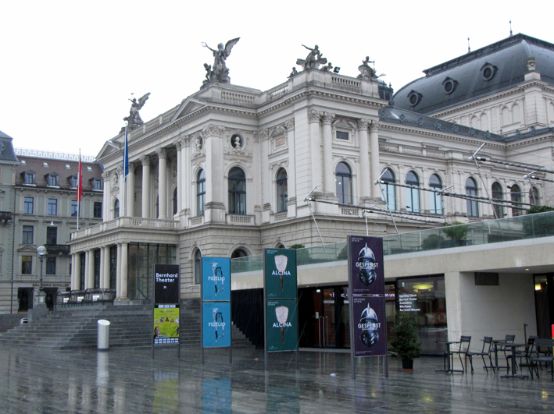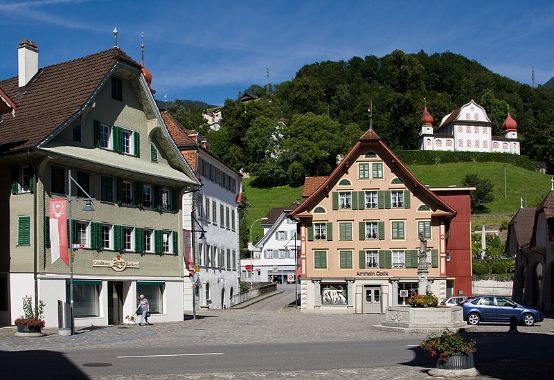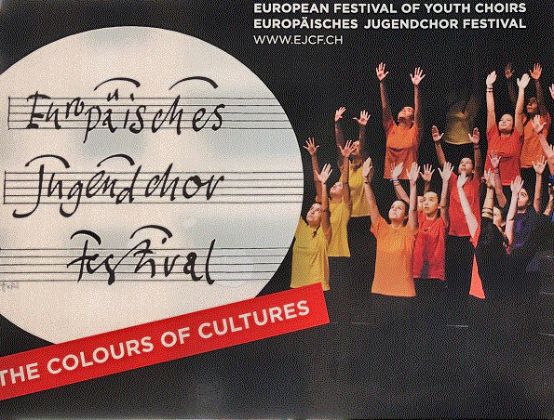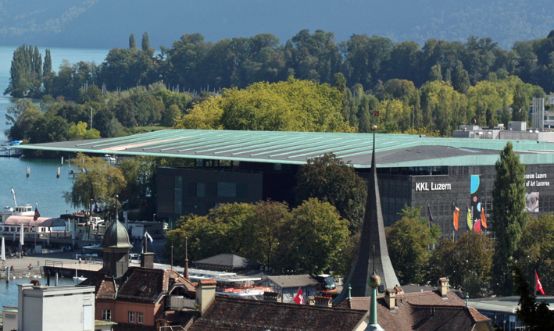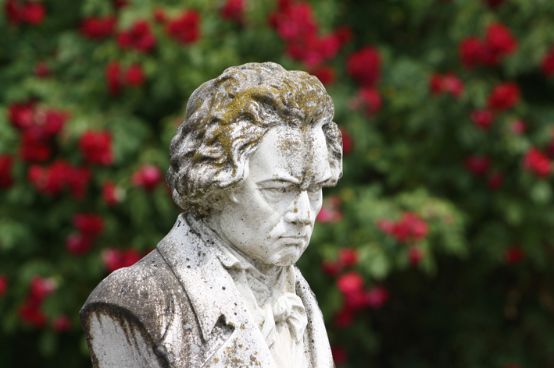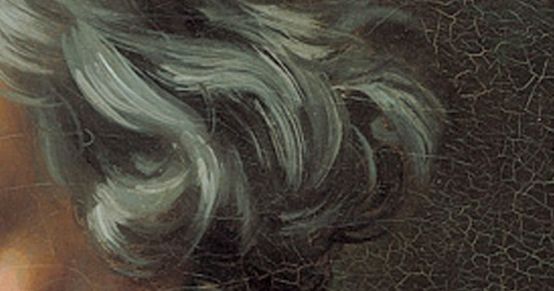Solidarity fund for young musicians
The Conservatorio della Svizzera italiana, the music university in Italian-speaking Switzerland, wants to help students in financial difficulties with a support fund.

At the end of March, the Conservatorio della Svizzera italiana Foundation created a solidarity fund to quickly and efficiently support students at the Conservatorio della Svizzera italiana who are facing severe financial hardship due to the economic consequences of the current pandemic. According to the foundation, affected students can apply for an emergency grant immediately. After a review of the conditions and financial need, a support contribution will be transferred directly to the student's account.
The anation of all concerts and events deprived students of an important, if not their only, source of income. In addition, the extensive shutdown of the economy not only deprived them of their sideline opportunities, but often also of family support.
The President of the Foundation Board, Ina Piattini Pelloni, appeals for solidarity with the young students. Christoph Brenner, Director General of the Conservatorio della Svizzera italiana, is convinced that the protection and support of musical talent will allow us to "quickly return to normality - when we will need art and culture, especially music."
The initiative has already mobilized 61,710 francs within a few days.
Update 30.4.2020:
The foundation announced on 29 April 2020 that over 100,000 Swiss francs had already been mobilized within three weeks and that 60 emergency scholarships had already been made available.
Donation account
Banca dello Stato del Canton Ticino, 6501 Bellinzona
Fondazione Conservatorio della Svizzera italiana
Fondo di solidarietà
IBAN: CH60 0076 4372 7664 Y000 5
BIC: BSCTCH22XXX
Clearing: 00764
CCP: 65-433-5For further information:
www.conservatorio.ch/it/fondazione/sostienici
Phone +41 (0)91 960 23 67






